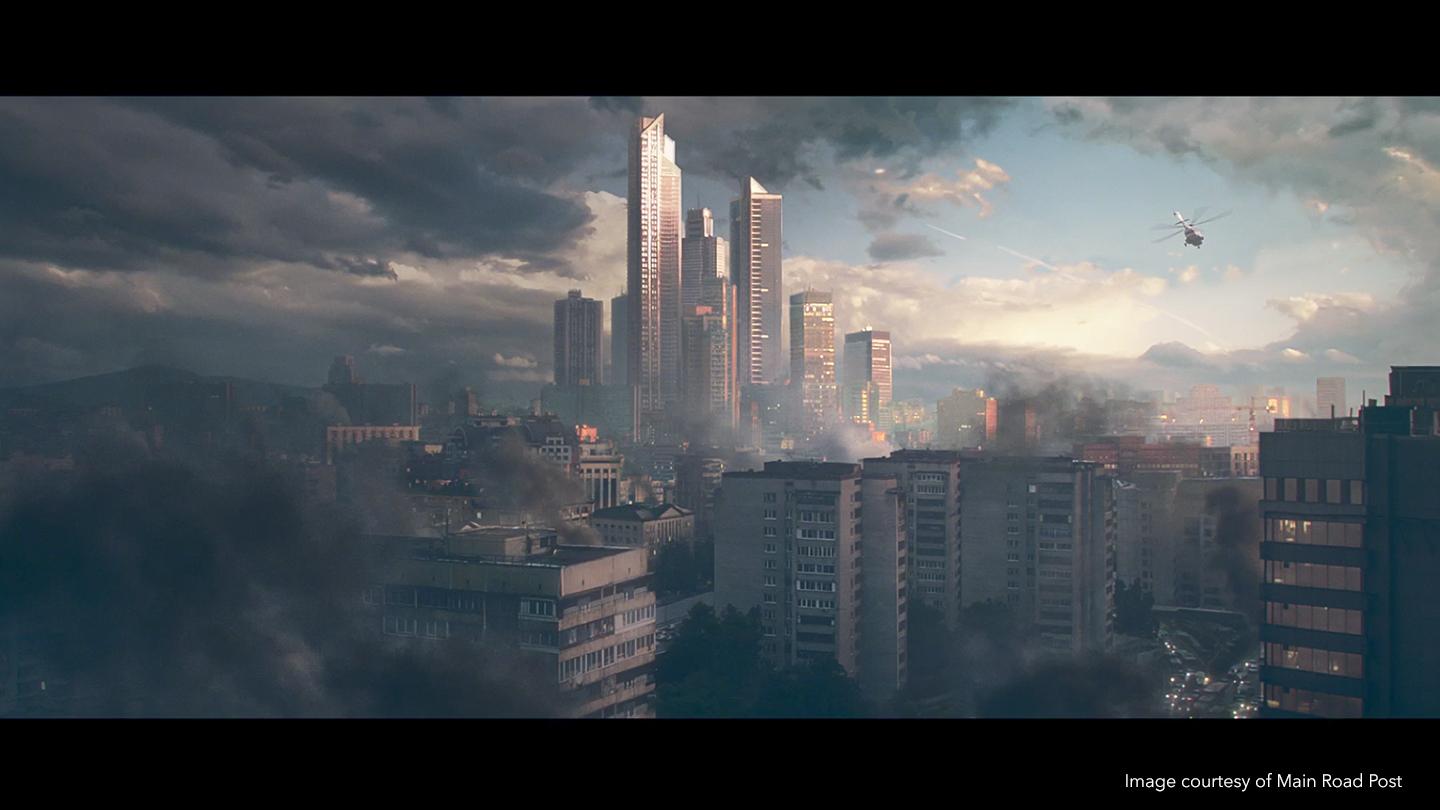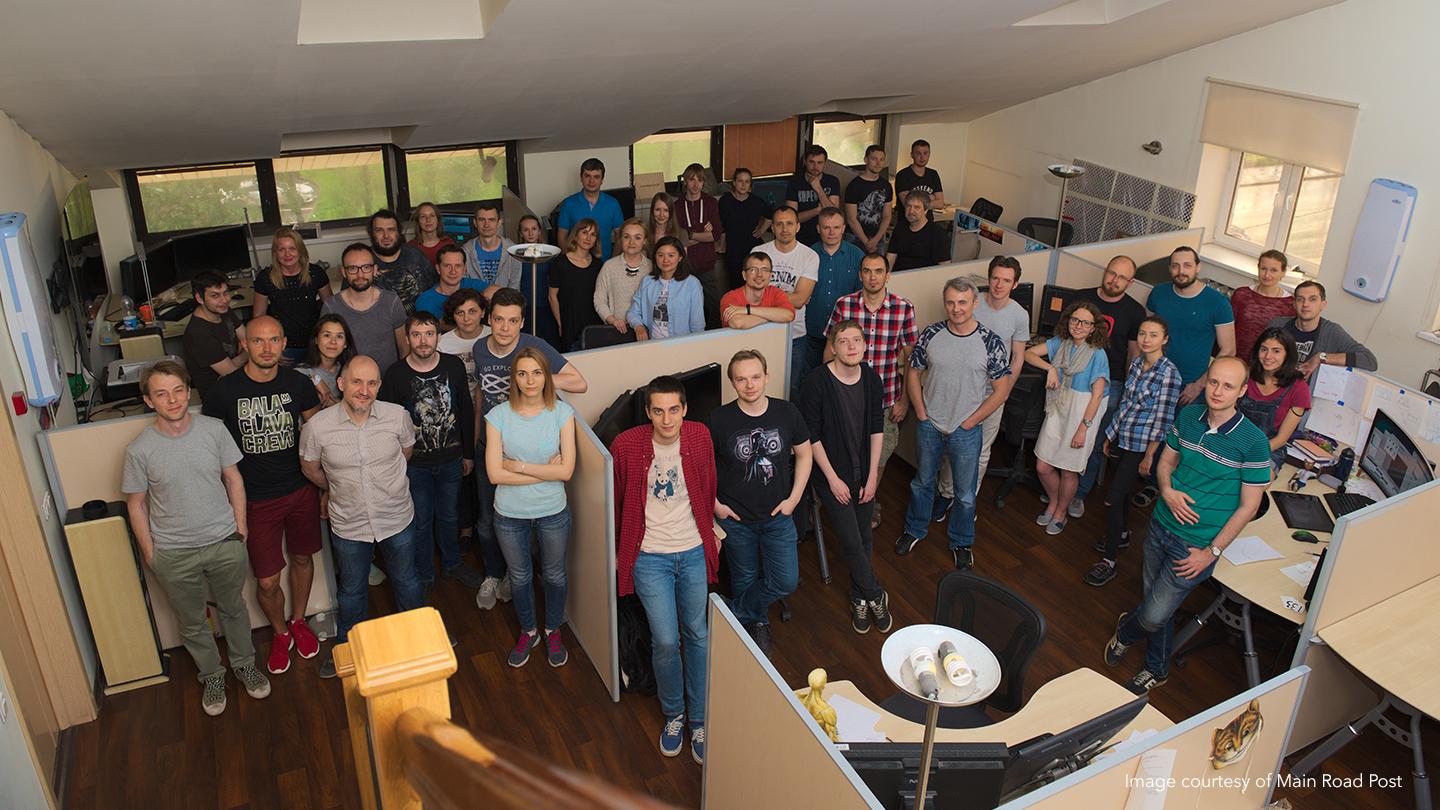From Russia with agility: The studio pioneering a new way of working
From using AI to moving production pipelines to the cloud, visual effects (VFX) companies around the world are evolving to meet the needs of current and future clients.
Main Road Post, based in Russia, is one such example. Foundry Trends spoke to founder Arman Yahin about ‘Agile’ methodology and the impact it’s having on both business performance and company culture.
Foundry Trends (FT): ‘Agile’ was made popular by software development companies—why is Main Road Post applying these methodologies?
Arman Yahin (AY): I’ve always felt that VFX companies aren’t structured like they should be, so I wanted to run Main Road Post differently. We started implementing Agile around 18 months ago and it allows us to work faster, be more collaborative with our clients and be more closely involved in making big decisions.

FT: How is Agile changing the way you work?
AY: As a smaller studio with smaller budgets, it’s important that we’re more efficient—we have to deliver value for our clients but remain profitable ourselves. Most smaller companies in VFX operate within a niche—they’re focused solely on compositing, or modelling, or colour grading. But if you have ambitions to be something more important within the production pipeline, you have to offer all of these services under one roof; you need to be generalists. Agile allows us to run many different projects alongside one another, deploying the right resource where it’s needed.
FT: What are you able to do better as a result?
AY: A lot of studios have an ‘assembly line’ approach—do what we’re told, churn the work out and move on. Sometimes smaller companies can have a reputation for being ‘enemies’ to clients. They want the money, they don’t want to change, and they end up making the whole process more difficult for everyone—the client relationship is completely broken and that attitude has always surprised me.

In the movie business, projects are ‘live’—they’re ever-changing and clients make decisions all the time which might take things in a different direction. It’s impossible to know exactly how a job is going to run for the next 12 months, so it’s important for studios like ours to be as flexible as possible. But the more siloes and departments and structure you have in place, the harder it is to adapt quickly to those changes.
Agile helps us be ‘with’ the client at all stages of the journey. We have a close, collaborative relationship which means we can work more efficiently.
FT: You’re pioneering a new way of working for VFX companies—what are the challenges you’re facing?
AY: The biggest challenge for us is to change the mindset of the people we’re working with—both internally and externally. This hasn’t been done in VFX before, and people are set in their ways. It’s hard to implement a completely new way of working, and for some people it’s not the way they want to do things. That’s fine, but we’re trying to hire people who fit our model—most importantly, we want people who may be a specialist in one field but are keen to learn other skills and become more of a generalist.

FT: How else is Agile impacting your workforce?
AY: It’s one thing to say that Agile is bringing better work to our clients, but possibly the most important thing, for me, has been the way it has changed our company culture. The reaction from our staff has been overwhelmingly positive.
VFX has a reputation for being very difficult, and very stressful, but this approach gives our staff more responsibility and more autonomy—a better understanding of the whole project and the role they play as an individual. People here don’t feel like a small cog in a big machine.
FT: How does that change the way they work on a day-to-day basis?
AY: When you give people authority they start to think more like supervisors or producers, understanding what they need to do and what the end goal is. Our teams are making big decisions alongside clients and film directors.

They’re not thinking as narrowly as “I want to make this super detailed model and a great turntable because it’ll look great in my portfolio”—they’re considering whether what they’re doing is for the good of the whole project. Is it effective? Will it be easy to texture later on? They understand other team members’ needs.
There aren’t too many companies in VFX that care about the psychological side—the emotional state of their workforce—but this can have a big impact on the work they produce. Scrum (one of Agile’s techniques) also help form better relationships between team members—that doesn’t happen on an assembly line.
I feel like this approach has a big future in VFX.
Want to find out about other trends set to alter how VFX studios run? Check out our article On cloud nine: transforming VFX post-production, one studio at a time.


